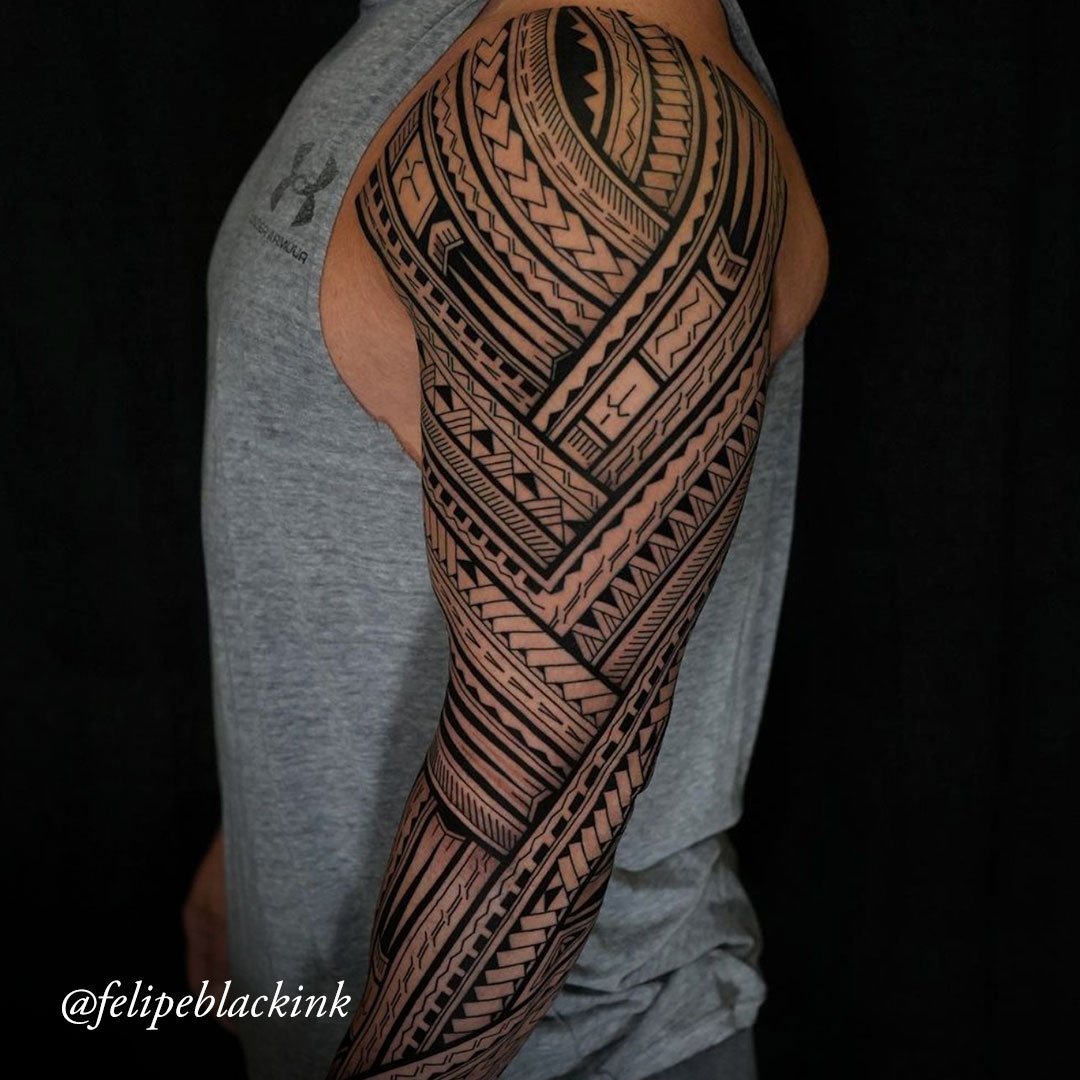
Maori Tattoo has captured the fascination of many around the world with its profound symbolism and striking artistry. As a unique form of cultural expression rooted in New Zealand’s indigenous heritage, Maori Tattoo—or Ta Moko—embodies stories, status, and identity. Whether you’re interested in traditional designs, modern adaptations, or seeking inspiration for your next ink, understanding the depths of Maori tattoos opens a gateway to a rich cultural narrative that spans centuries.
In this comprehensive article, we will explore the history, symbolism, styles, and contemporary trends surrounding Maori Tattoos. From maori tattoo hanoi popularities to specific maori tattoo face designs, we will delve into every facet of this iconic art form. Whether you’re considering a maori tattoo men, maori tattoo designs for females, or a maori tattoo sleeve, this guide provides detailed insights into the meaning behind the symbols, design options, and cultural significance.
Understanding Maori Tattoo: A Cultural Insight

The tradition of Maori tattooing is much more than just body decoration; it is an intricate language conveying personal history, social status, ancestry, and spiritual beliefs. Maori Tattoo techniques and symbols are deeply embedded in their culture, making each piece not only a form of artistic expression but also a meaningful narrative.
Historically, *Maori tattoo**ing was a rite of passage for young men and women, marking milestones such as coming of age, marriage, or tribal affiliation. The facial tattoos, known as *Ta Moko, were particularly significant, symbolizing identity and social hierarchy. Today, Maori tattoos have experienced a resurgence, blending traditional elements with contemporary styles—especially evident in cities like Hanoi, where the fusion of cultures creates vibrant new trends.
Origins and Evolution of Maori Body Art
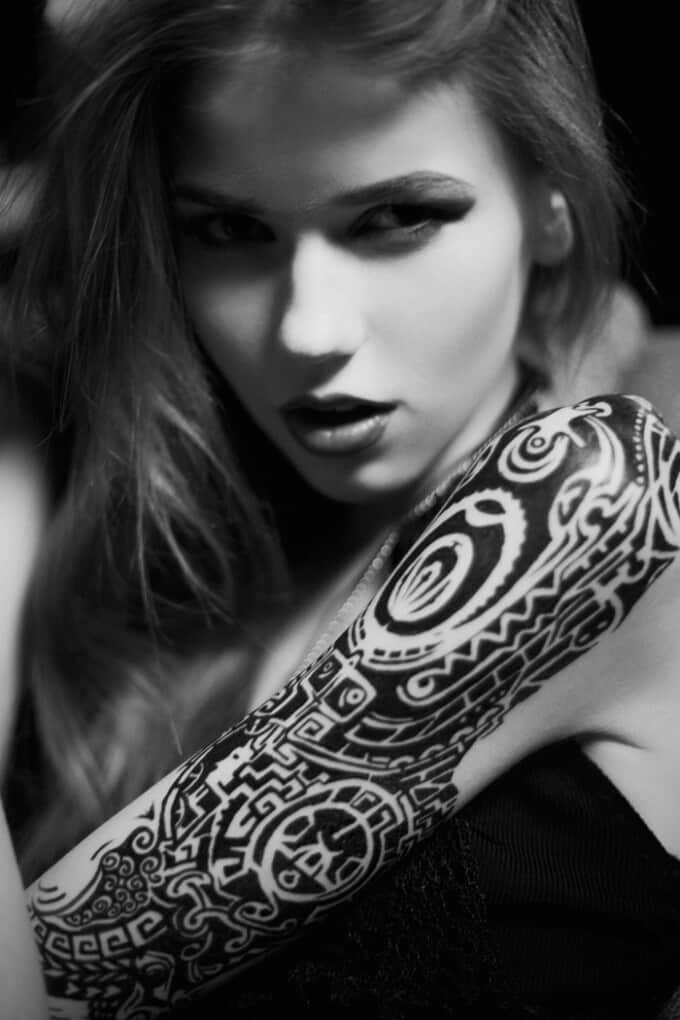
The roots of Maori tattoo trace back over 1,000 years, originating from Polynesian navigators who settled in New Zealand. The original purpose of these tattoos was multifaceted—distinguishing tribes, showcasing achievements, or serving as protection against evil spirits. Over centuries, the designs evolved, integrating motifs rooted in nature, mythology, and ancestral symbolism.
The early tools used for Maori tattoos were traditionally made from bone, shell, or stone, which allowed for precise carving into the skin. The tattooing process was invasive, requiring a skilled practitioner called a tohunga. This ritualistic aspect heightened the importance of the tattoos, solidifying their role as sacred cultural artifacts.
In contemporary times, **Maori tattoo**ing methods have adapted with electric needles, enabling more accessible and less painful applications. Despite technological changes, the core principles—respect for symbolism, storytelling, and cultural authenticity—remain central.
Significance of Maori Tattoos in Modern Culture
Today, Maori Tattoos serve as powerful symbols of cultural pride, identity, and spiritual connection. For many, getting a maori tattoo hanoi or elsewhere signifies honoring traditions while embracing personal narratives. Their prominence in popular culture, fashion, and even body art communities underlines their universal appeal.
However, it’s crucial to approach Maori Tattoos with respect and awareness of their cultural sensitivity. Appropriating these symbols without understanding their meaning can be disrespectful. Authentic Maori tattoo artists emphasize the importance of learning about each symbol’s background, ensuring the art remains true to its cultural roots.
Exploring Maori Tattoos in Hanoi: Trends and Styles
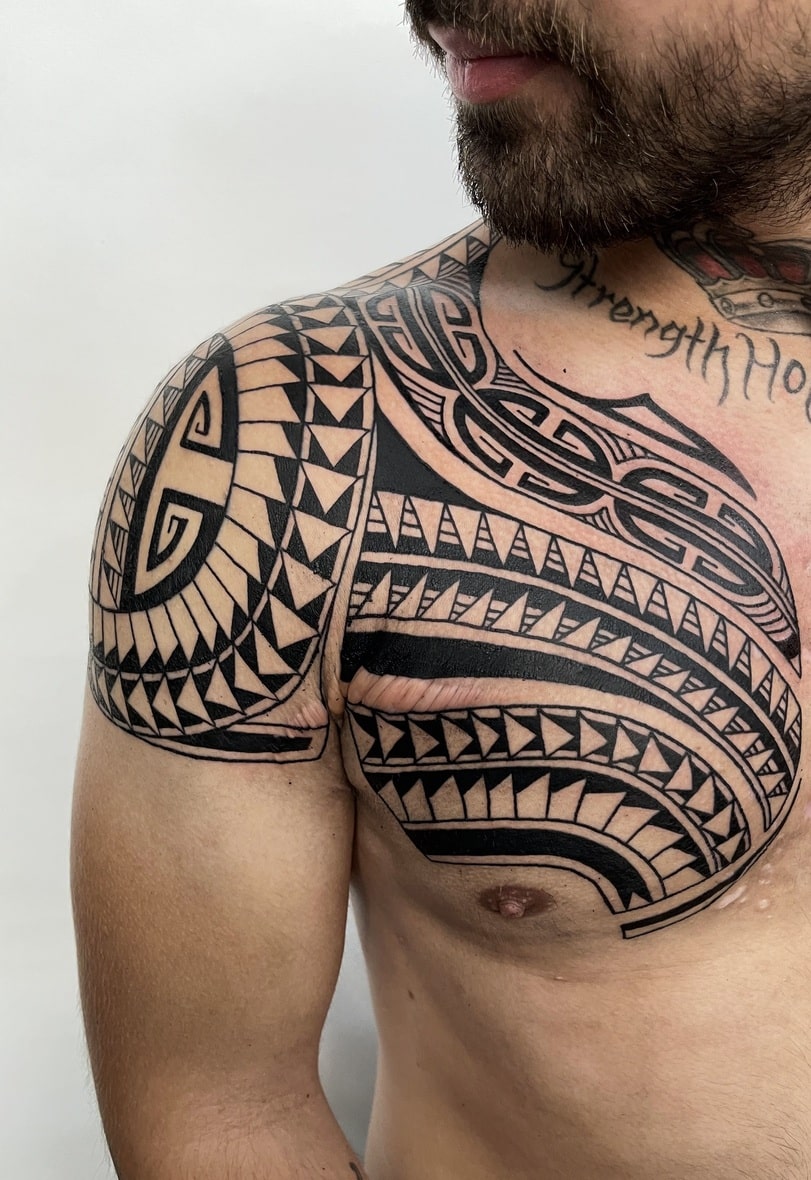
Hanoi has emerged as a vibrant hub for tattoo enthusiasts, including those interested in Maori Tattoos. The city’s diverse art scene and increasing appreciation for indigenous cultures have led to a rise in maori tattoo hanoi studios offering authentic and inspired designs.
This trend reflects a global fascination with Polynesian tattoo styles, blending traditional motifs with modern aesthetics. Artists in Hanoi often combine techniques to create bold, intricate patterns that resonate with both local and international clients seeking a Maori tattoo that captures the essence of Polynesian storytelling.
Popularity of Maori Tattoo Studios in Hanoi
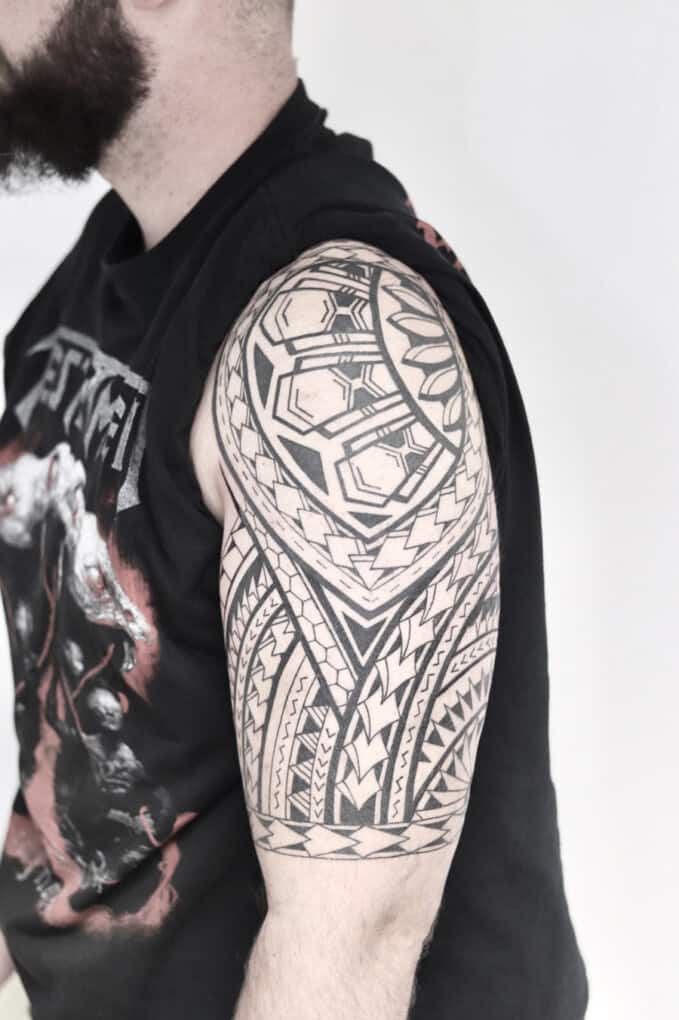
Hanoi’s tattoo industry has expanded rapidly over recent years, with many shops specializing in Polynesian-inspired designs, including maori tattoos. These studios attract customers from different backgrounds eager to incorporate meaningful symbols into their bodies or to honor Maori culture through their tattoos.
Many studios employ artists trained in traditional Polynesian tattooing, ensuring authenticity in maori tattoo execution. Some studios even collaborate with Maori artists to guarantee cultural accuracy and respectfulness of the symbols used.
Styles and Customization Options Available
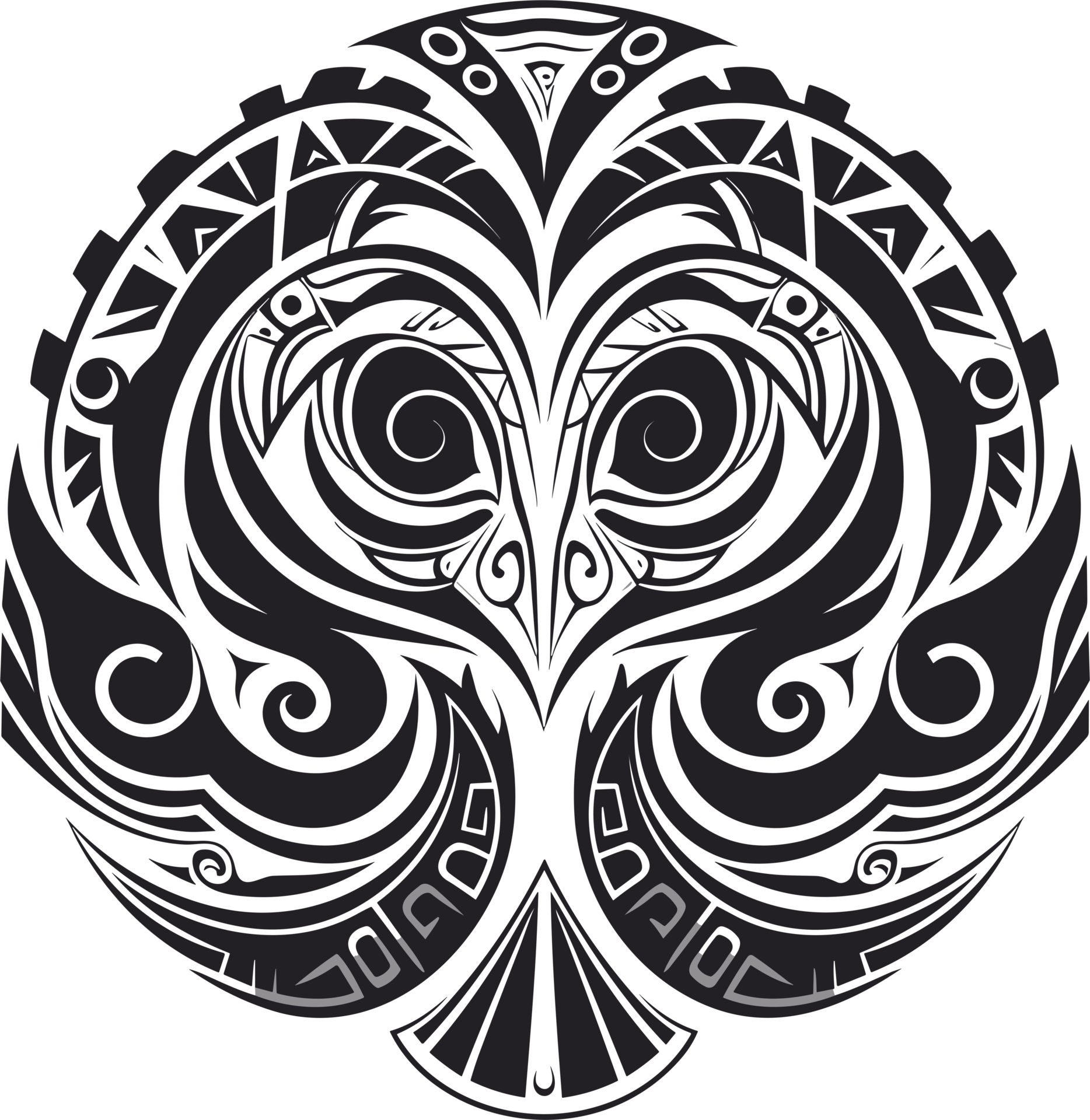
In Hanoi, Maori Tattoo styles vary from traditional bold black lines to more nuanced, modern versions. Clients often seek personalized designs that encapsulate their story or values, leading to tailored maori tattoo designs for each individual.
Common style choices include maori tattoo face pieces emphasizing facial moko patterns, intricate maori tattoo sleeve designs that wrap around the arm, or small maori tattoo symbols that hold specific meanings. Many people also opt for maori tattoo leg or arm tattoos, providing a versatile canvas for expressing personal significance.
Cultural Sensitivity and Ethical Considerations

While the popularity grows, it’s essential to recognize the importance of cultural respect. Many maori tattoo hanoi artists advocate for educating clients about the origins and meanings behind the designs they choose. This awareness fosters cultural appreciation rather than appropriation.
When considering a Maori Tattoo in Hanoi or anywhere else, it’s advisable to research reputable artists who understand the depth of Māori culture and can advise on appropriate placement, symbols, and design choices.
The Art of Maori Tattoos: Symbolism and Significance
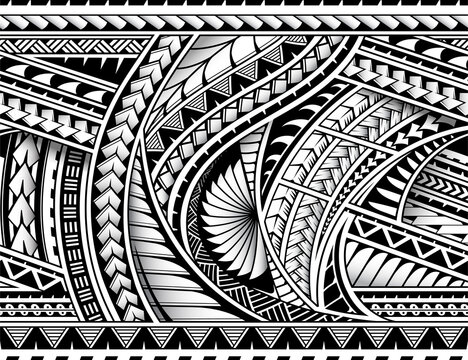
Maori Tattoos are renowned for their intricate patterns and deep symbolic meanings. Each line, curve, and motif is carefully chosen to narrate personal history, tribal allegiance, or spiritual beliefs. Understanding the artistry behind these symbols enhances appreciation and ensures respectful usage.
Traditional Techniques and Artistic Style
Traditional Maori tattoos utilize bold, black inked lines with geometrical shapes, spirals, and stylized motifs inspired by nature. The Ta Moko process involves chiseling the skin with a comb-like tool made from bone or shell, creating textured, raised designs.
Modern adaptations may use machine tattooing techniques, but the core aesthetic remains rooted in symmetry, repetition, and symbolism. An important aspect of Maori tattoo artistry is the balance between complexity and clarity, making each design visually compelling and meaningful.
Core Elements of Maori Tattoo Symbols
Maori tattoo symbols encompass a variety of motifs, each representing specific concepts:
- Koru (spiral) – Symbolizes new beginnings, growth, and harmony.
- Hei Tiki (pendant figure) – Represents fertility, life, and ancestor protection.
- Matau (fishhook) – Signifies prosperity, abundance, and safe travel.
- Tiki (human figure) – Embodies ancestors and spiritual guardians.
These symbols often form parts of larger compositions, creating cohesive stories that reflect the wearer’s identity and values.
Cultural Significance of Face Tattoos and Other Body Parts
Maori tattoo face designs, or moko, are among the most recognizable features of the tradition. Traditionally worn by high-ranking individuals, moko indicates social status, family lineage, and personal achievements.
Other body placements like maori tattoo arm, forearm, leg, or sleeve allow for extensive storytelling. Each area served a particular purpose—for example, maori tattoo face conveyed tribal affiliation, whereas maori tattoo arm might highlight warrior status or personal accomplishments.
Contemporary Interpretations and Personalization
Today, many wear Maori Tattoos as personal symbols, sometimes blending traditional symbolism with modern elements. Customized maori tattoo designs allow individuals to incorporate their own stories into the patterns, respecting cultural roots while reflecting personal identity.
Personalization can involve selecting specific maori tattoo symbols that resonate with one’s journey, creating a maori tattoo name or phrase, or designing a maori tattoo face portrait that honors ancestors or cultural icons.
Maori Tattoo Meanings: What Each Design Represents
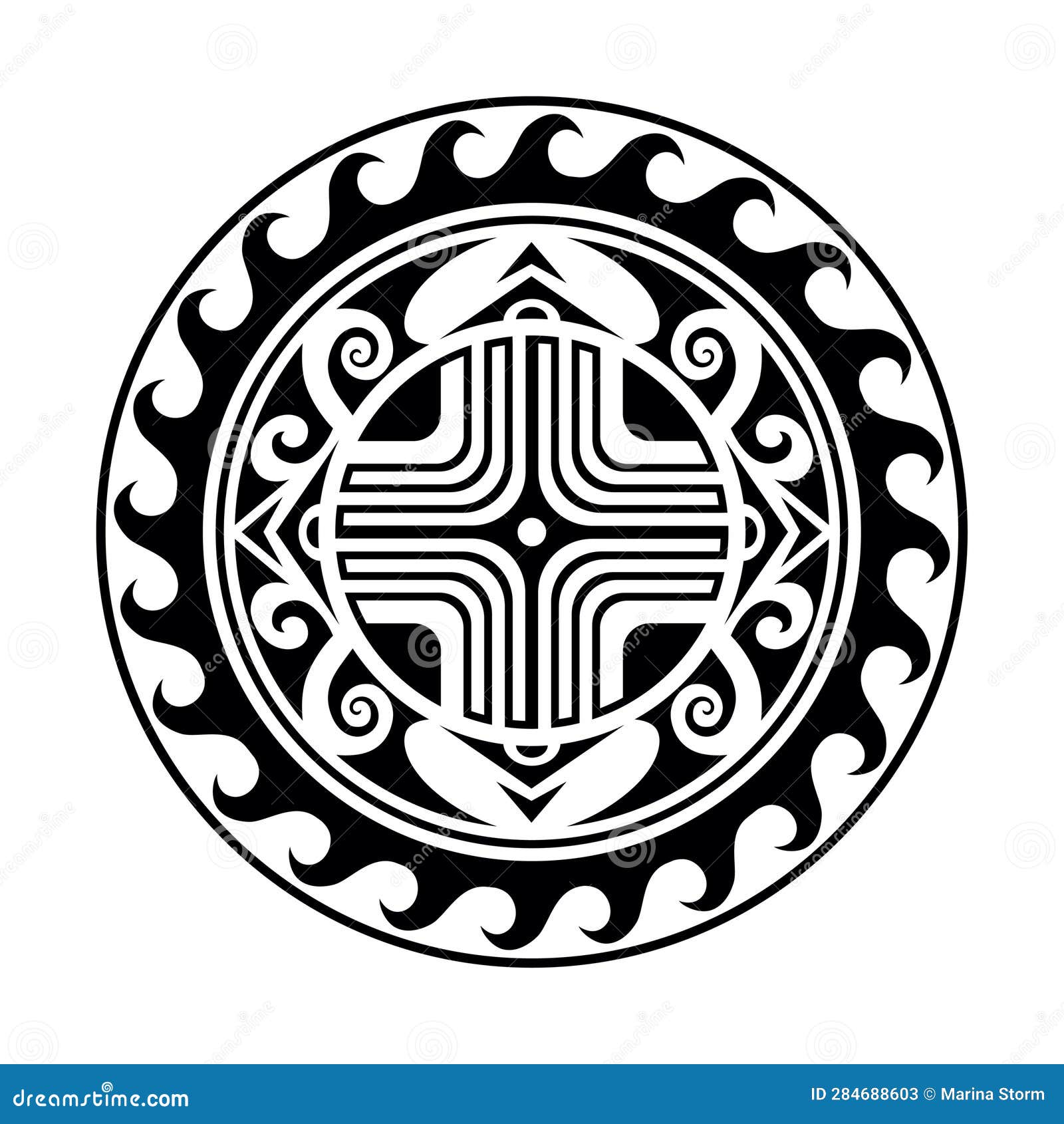
Each element within a Maori Tattoo carries layered meanings, often linked to the wearer’s personal story or societal role. Gaining insight into these maori tattoo meanings helps in choosing appropriate symbols and understanding their cultural significance.
Common Themes and Interpretations
Maori tattoo themes include strength, protection, spirituality, family, and community. These themes are conveyed through specific motifs and their arrangements, making each tattoo a microcosm of cultural expression.
Some of the most common maori tattoo symbols and their meanings include:
- Mana (prestige, authority) – Conveyed through bold patterns, indicating power or leadership.
- Whakairo (carving patterns) – Represent ancestral stories and tribal history.
- Ngāhere (chains or linked patterns) – Denote unity, kinship, and connection.
- Pikorua (twist or infinity symbol) – Signifies eternity and eternal friendship.
Understanding these maori tattoo meanings enables individuals to select designs that truly resonate with their personal or cultural identity.
Significance of Specific Body Parts
Different maori tattoo placements also carry unique connotations. For instance:
- Face tattoos (moko) historically signified social rank and personal achievements.
- Arm tattoos often depict warriors’ stories, emphasizing strength and protection.
- Leg designs symbolize movement, journey, or spiritual progress.
- Sleeves represent comprehensive narratives encompassing multiple aspects of one’s life.
Choosing symbolic motifs based on placement adds layers of significance and respect for the cultural context.
The Importance of Authenticity and Cultural Respect
It is crucial to recognize that Maori Tattoo symbols are not mere decorative elements; they are sacred representations of identity. Engaging with genuine symbols requires understanding their meaning and significance, preventing misappropriation.
Respectful practice involves collaborating with authentic Maori artists, especially when designing maori tattoo face or full-body pieces, and ensuring the symbols are used appropriately.
Personal Stories and Modern Adaptations
Many contemporary wearers create maori tattoo designs that blend traditional symbols with their personal stories or modern aesthetics. This personalization allows for a deeper connection and meaningful expression, provided it retains cultural integrity.
Incorporating elements like maori tattoo name or customizing maori tattoo symbols can make the tattoo uniquely personal while honoring its cultural roots.
Popular Maori Tattoo Designs: Inspiration for Your Next Ink
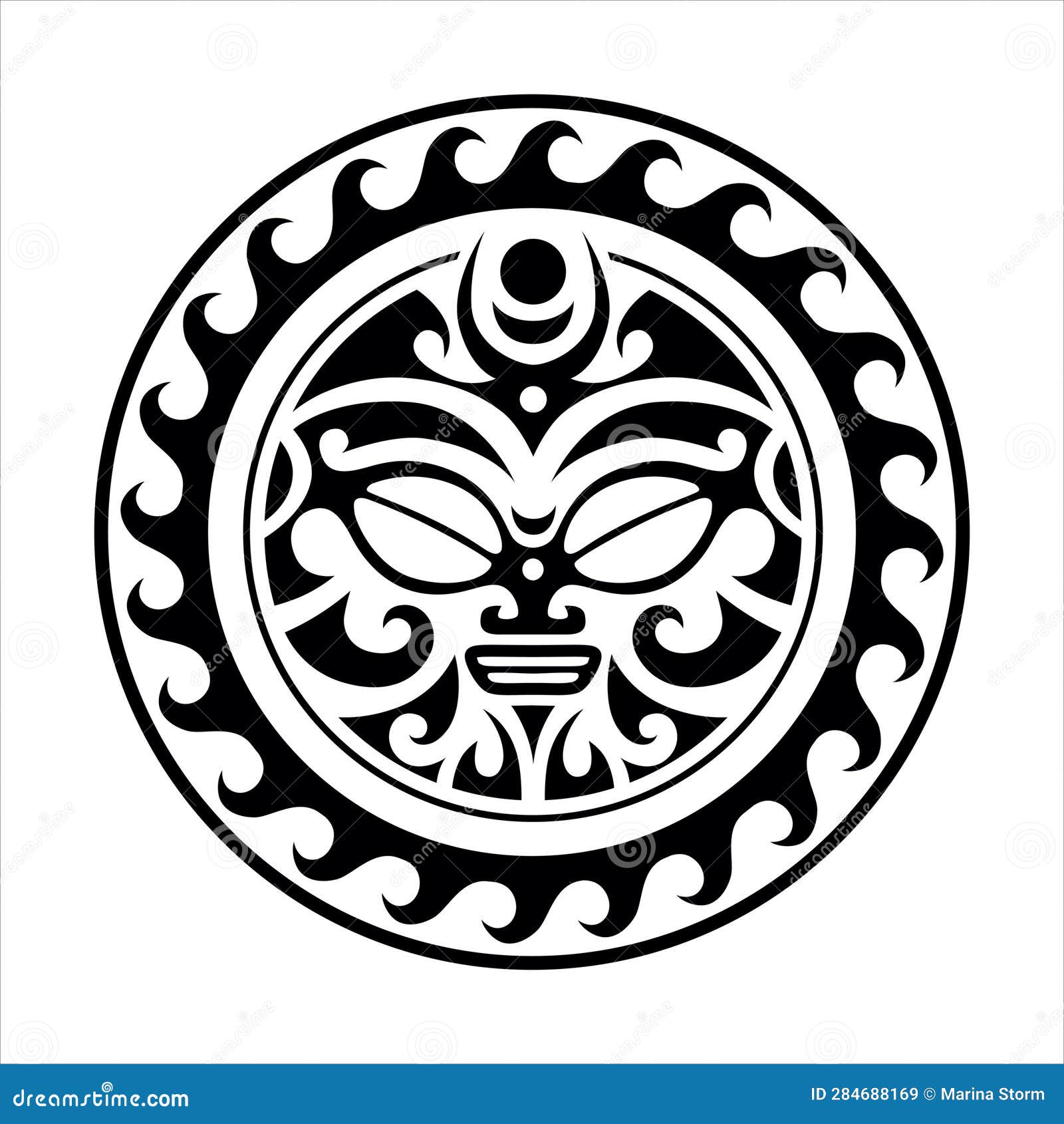
If you’re contemplating Maori Tattoo designs, exploring popular motifs can spark creativity and inform your decision-making. Iconic maori tattoo designs are characterized by their bold lines, repetitive patterns, and symbolic depth.
Traditional Patterns and Motifs
Traditional Maori Tattoo patterns include:
- Koruru (mask-like designs)
Represent ancestral spirits or deities, often depicted on faces or as part of larger compositions.
- Enata (human figures and faces)
Symbolize ancestors, gods, or revered figures, often combined with other motifs.
- Moana (ocean waves)
Emphasize the importance of the sea, navigation, and journey.
- Rauponga (serpent or eel patterns)
Denote transformation, regeneration, and resilience.
Modern Interpretations and Fusion Styles
Contemporary maori tattoo artists blend traditional motifs with modern styles, incorporating color, abstract forms, or mixed media. For example, a maori tattoo sleeve might feature a combination of traditional symbols intertwined with floral or geometric elements, creating a unique visual narrative.
Designs for females tend to focus on flowing patterns, delicate details, and symbolic motifs like koru or hei tiki, emphasizing femininity and grace.
Popular Body Placement Ideas
Here are some ideas to inspire your Maori Tattoo placement:
- Forearm – Perfect for detailed, visible patterns like maori tattoo forearm designs.
- Arm or Sleeve – Offers space for elaborate storytelling through interconnected symbols.
- Leg – Suitable for large pieces that symbolize a personal journey.
- Face – Reserved for highly significant maori tattoo face designs, often denoting social rank.
Tailoring Designs to Personal Meaning
Choosing a Maori Tattoo should align with your personal story. Incorporate symbols that resonate with your values, heritage, or aspirations. Collaborate with skilled artists to craft a customized maori tattoo that embodies your journey.
Maori Face Tattoos: A Unique Form of Expression
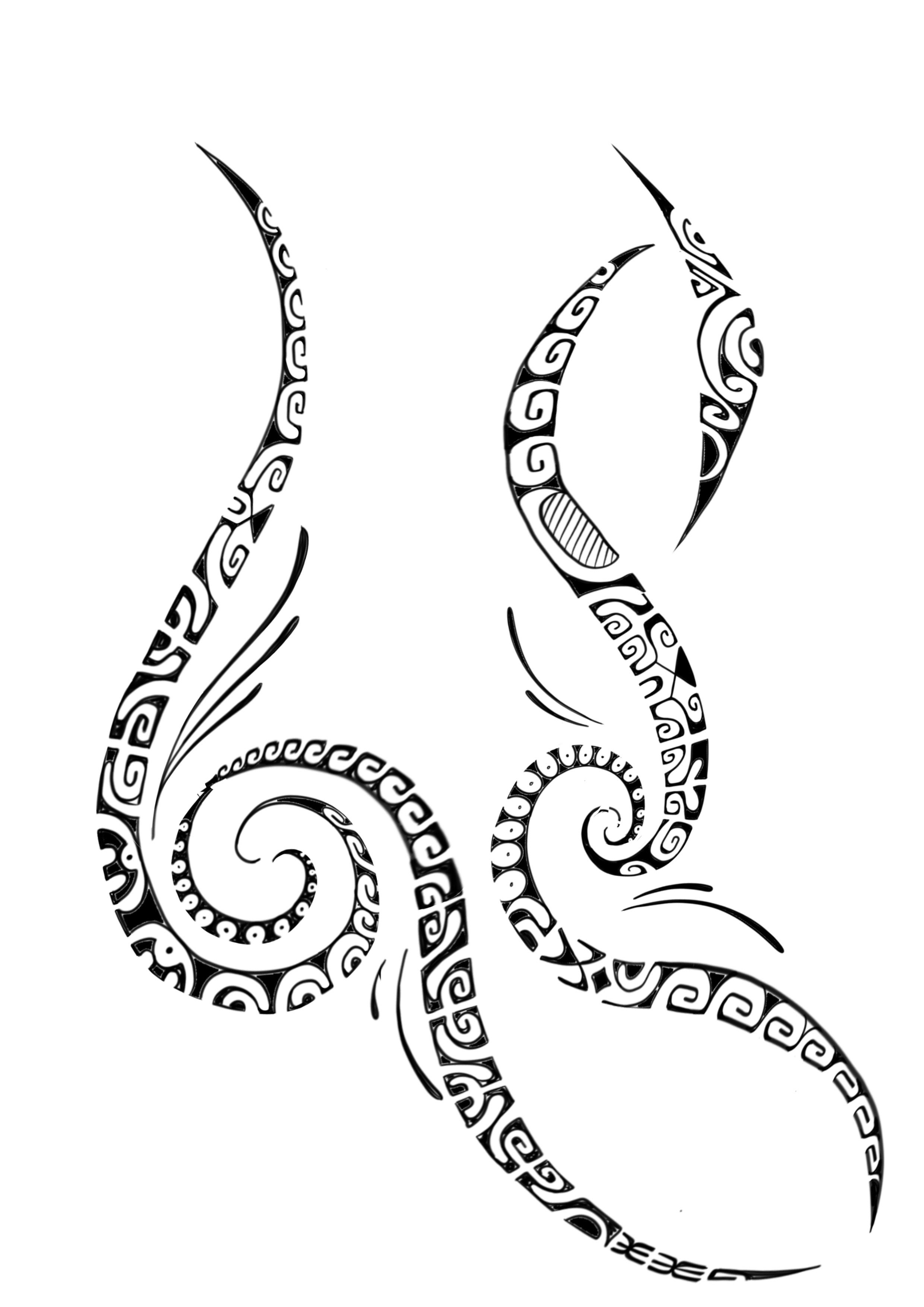
Maori face tattoos, or moko, are arguably the most recognizable and culturally profound aspects of Maori Tattoo tradition. They historically signified tribal affiliation, social status, and personal achievements, making each moko a living testament to the individual’s identity.
History and Cultural Significance of Moko
The moko tradition dates back centuries, initially reserved for men of high rank or chieftains (rangatira). The distinctive patterns involved intricate carvings along the face, chin, lips, or cheeks, each representing different aspects of their life story.
The process of creating moko was intense and sacred, often involving ceremonial rites. It was a mark of dignity, honor, and belonging, serving as a visual record of personal milestones like warfare, leadership, or spiritual enlightenment.
Traditional Techniques and Designs
Traditional moko involved chiseling the skin with carved tools, leaving textural scars filled with ink or pigment. The designs were highly individualized, with specific patterns corresponding to family, tribe, or personal achievement.
Modern moko can be created through tattooing, maintaining the visual aesthetics but utilizing contemporary methods. While contemporary practitioners may adapt the designs for aesthetic purposes, authentic moko retains deep cultural significance.
Symbolism and Patterns in Face Tattoos
Maori tattoo face designs typically feature:
- Kohatu (stone patterns) – Indicate prestige and spiritual strength.
- Whakairo (carving motifs) – Tell stories about ancestors or tribal history.
- Spirals and curves – Signify growth, harmony, and spiritual pathways.
The placement on the face emphasizes visibility, conveying messages about the wearer’s status and identity within their community.
Modern Adoption and Cultural Appropriation
While traditional moko remains a sacred practice, contemporary Maori Tattoo face designs are increasingly used worldwide, sometimes divorced from their cultural context. It’s vital to approach this aspect with respect and understanding, recognizing the cultural weight carried by face tattoos and avoiding trivialization.
For individuals interested in honoring Maori culture, working directly with Maori artists or cultural advisors ensures authenticity and respect.
Maori Tattoos for Men: Bold Designs and Their Meanings
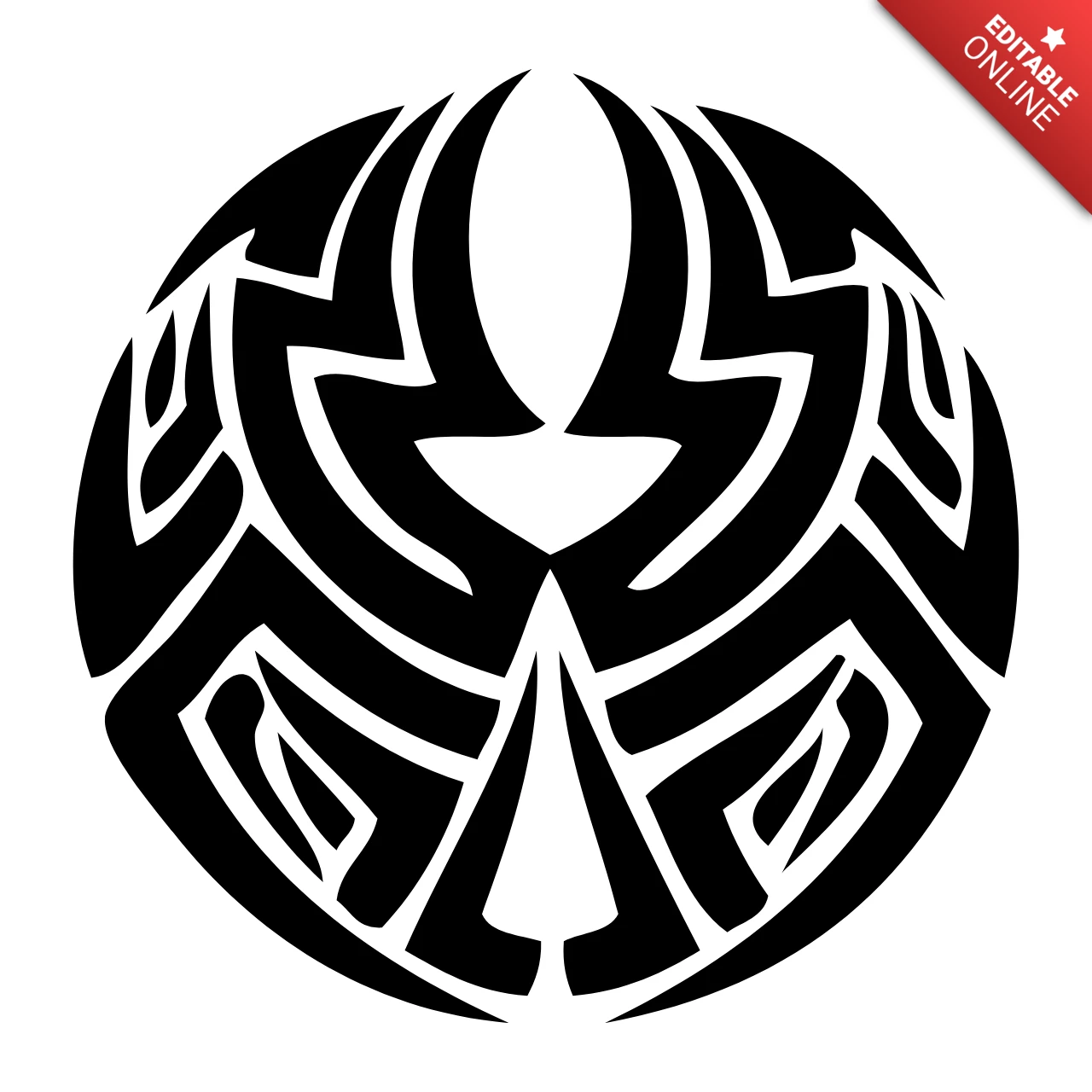
Maori tattoos for men are celebrated for their boldness, complexity, and deep symbolism. Historically, these tattoos served as markers of warriors, leaders, and protectors, embodying strength, courage, and societal stature.
Common Design Elements and Their Significance
Men’s maori tattoos often feature:
- Full-face moko – Signifies high rank and personal achievements.
- Arm and shoulder patterns – Demonstrate strength and warrior status.
- Chest and back designs – Tell stories of battles, victories, or ancestral lineage.
- Sleeves – Wrap around the arm, integrating various symbols into a cohesive narrative.
The designs are usually composed of symmetrical patterns, spirals, and angular motifs emphasizing masculinity, power, and resilience.
Popular Symbols and Their Meanings
Key maori tattoo symbols for men include:
- Tiki – Connection to ancestors and spiritual guardians.
- Matau (fishhook) – Prosperity, abundance, and safe journey.
- Kirituhi – Modern adaptation of traditional motifs, often personalized.
- Manaia – Guardian figure combining bird, fish, and human elements.
Each symbol conveys specific qualities, such as protection, strength, or spiritual connection.
Placement and Style Preferences
Maori tattoo men frequently opt for maori tattoo arm or forearm tattoos, allowing for visibility and display of personal achievements. Larger maori tattoo sleeve designs are popular for narrating lifelong stories, showcasing dedication to cultural heritage.
Additionally, maori tattoo leg and chest pieces are chosen for their capacity to accommodate expansive patterns that honor ancestral roots and personal resilience.
Cultural Respect and Personal Expression
For men exploring Maori Tattoos, it’s essential to understand the cultural significance behind each pattern. Working with authentic Maori artists ensures that the designs align with traditions and carry the intended symbolism.
Ultimately, maori tattoo designs for men serve as a powerful statement of identity, strength, and cultural pride.
Symbolism Behind Maori Tattoo Symbols: A Deeper Look
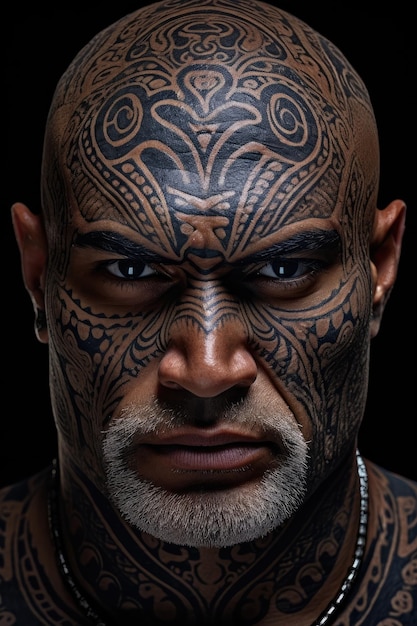
Every Maori Tattoo symbol carries a story, a tradition, and an intrinsic meaning. Decoding these maori tattoo symbols enriches the understanding of their cultural fabric and guides meaningful tattoo choices.
Key Symbols and Their Deep Meanings
Some of the most significant Maori symbols include:
- Koru (spiral) – Represents new life, growth, and harmony. Its spiral shape mimics unfurling fern fronds, a symbol deeply tied to nature.
- Hei Tiki (pendant figure) – Acts as a talisman for fertility and protection, often associated with ancestors.
- Matau (fishhook) – Signifies prosperity, safe passage, and bounty from the sea; a reminder of seafaring Polynesian culture.
- Tiki (human figure) – Embodies ancestors, spiritual guardians, and divine protection.
Understanding these symbols encourages respectful and culturally accurate applications in Maori Tattoos.
Patterns and Geometric Connotations
Many maori tattoo patterns involve repeating geometric elements like triangles, spirals, and ridges, each carrying nuanced meanings related to genealogy, spiritual journeys, or societal roles. For example:
- Mangō (shark tooth) motifs symbolize strength, agility, and resilience.
- Pikorua (twist) symbolizes eternity and enduring relationships.
- Enata (human figures) represent ancestors, deities, or humans, emphasizing family bonds.
These geometric symbols provide a visual language that communicates complex stories succinctly and artistically.
Placement and Cultural Significance
As mentioned earlier, face tattoos (moko) historically indicated social standing, while arm and leg designs often told personal stories of achievements or struggles. The symbol choice and placement must reflect the wearer’s cultural background and intentions.
For instance, warriors would often opt for maori tattoo face designs emphasizing strength and valor, while a person celebrating a spiritual journey might choose motifs like koru or whakairo.
Ethical Considerations and Cultural Authenticity
Using maori tattoo symbols without understanding their meaning can lead to misrepresentation or offense. It’s crucial to seek authentic sources or consult with Maori cultural experts when designing or applying these symbols.
Respecting their origin preserves the authenticity and sacredness of Maori Tattoo symbols, ensuring the art remains a vessel of cultural storytelling, not mere decoration.
Maori Tattoo Sleeve Ideas: Creative Designs to Consider
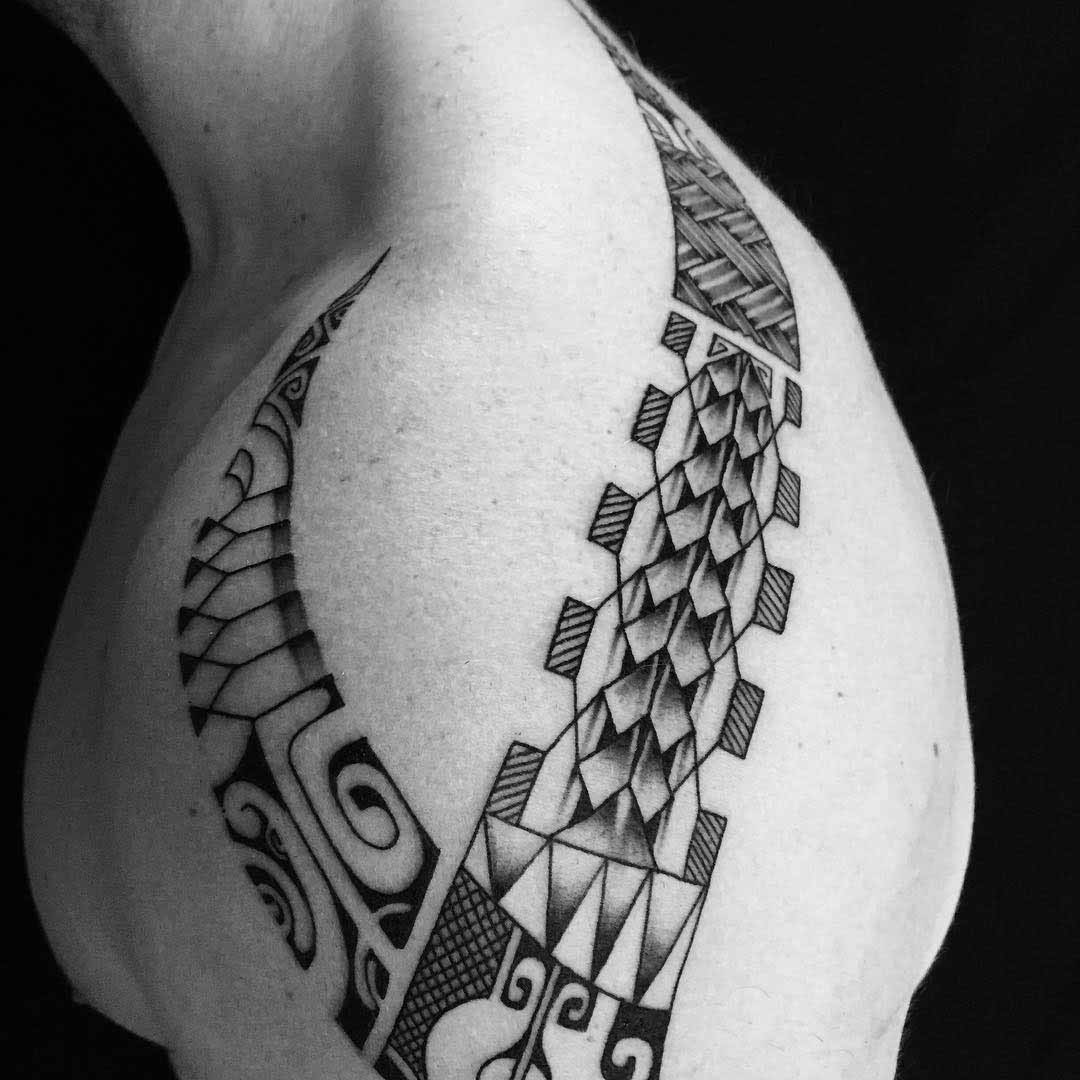
A Maori tattoo sleeve offers a canvas for elaborative storytelling through continuous patterns, symbols, and motifs. Designing a sleeve requires careful planning to ensure harmony, symbolism, and aesthetic appeal.
Concept Development and Narrative Flow
The first step in creating a maori tattoo sleeve is defining the story or theme you wish to convey. Do you want to honor your heritage, symbolize personal resilience, or showcase specific symbols? Clear concept development guides the selection of motifs and placement.
A well-designed sleeve integrates maori tattoo symbols seamlessly, creating a flowing narrative from shoulder to wrist—each section illustrating a different aspect of the story or value.
Design Elements for Sleeves
Popular elements to incorporate include:
- Koru spirals for growth and renewal.
- Rauponga patterns for resilience and transformation.
- Hei Tiki figures for protection and ancestral connection.
- Shark tooth (mangō) motifs symbolizing strength.
Layering these symbols with geometric patterns creates visual impact and cultural coherence.
Style Variations
Maori tattoo sleeves can be traditional, with heavy black lines and symmetrical patterns, or modern, featuring color accents or abstract interpretations. Some prefer a fully black sleeve emphasizing boldness, while others incorporate subtle shading for depth.
Hybrid styles also exist, merging Maori tattoo motifs with other Polynesian or contemporary elements, offering personalized expression.
Placement and Size Considerations
When planning a sleeve, consider how the maori tattoo will flow around the arm, ensuring seamless transitions between sections. The upper arm, shoulder, and forearm are ideal locations due to their accessibility and visibility.
Consulting with an experienced Maori tattoo artist is vital to ensure the design respects cultural norms and maintains aesthetic harmony.
Personalization Tips
Custom maori tattoo sleeve ideas should reflect your personal journey. Include symbols that resonate with your values, such as a maori tattoo name that holds special meaning, or integrate family symbols to honor kinship ties.
Collaborate closely with your artist to create a design that is both culturally authentic and personally meaningful.
Maori Tattoo Designs for Females: Celebrating Femininity in Ink
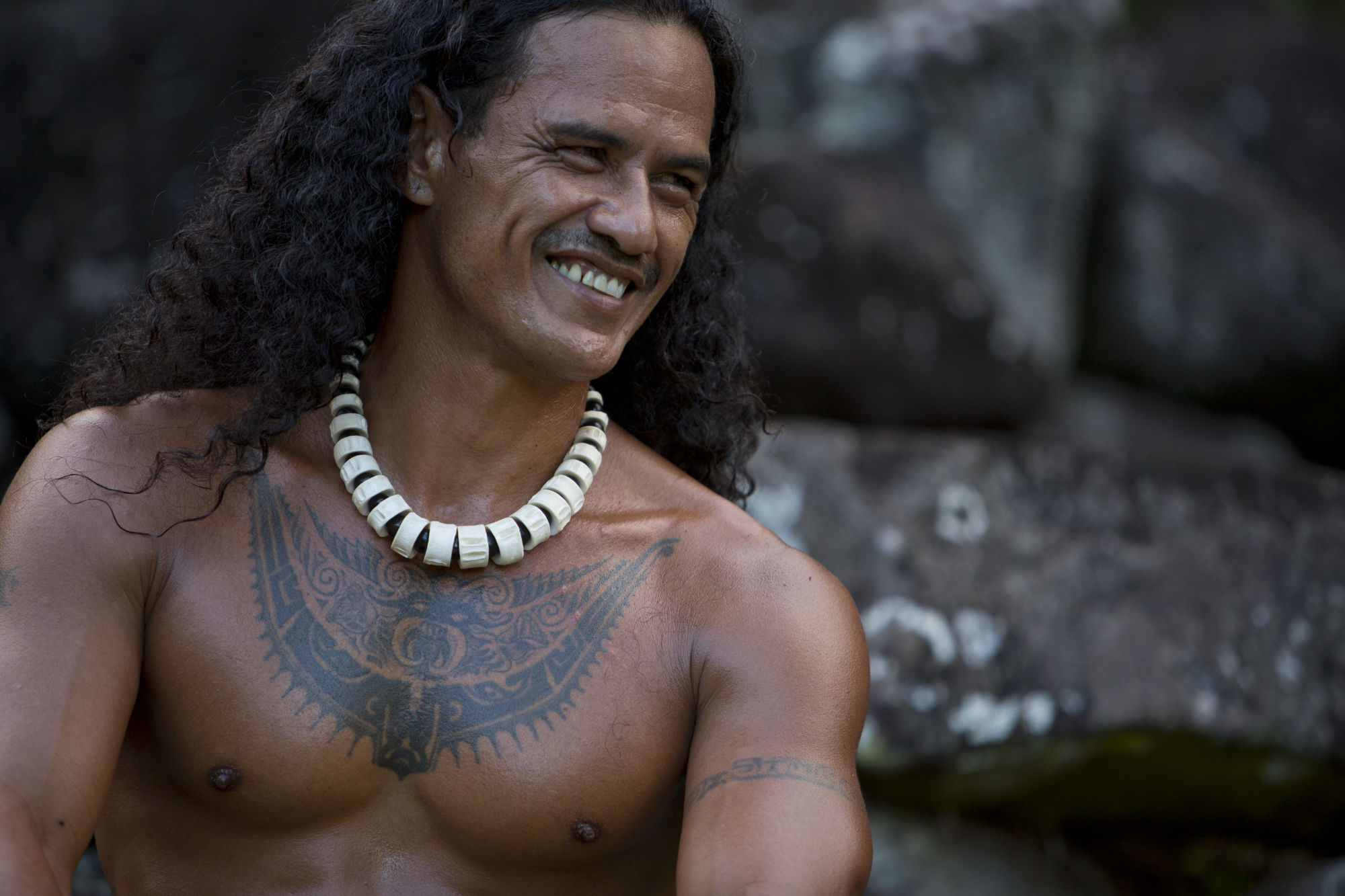
While traditionally Maori Tattoos for women focused on delicate patterns and symbolic motifs, modern interpretations embrace diversity, femininity, and empowerment. Maori tattoo designs for females often highlight flowing lines, intricate details, and symbols emphasizing beauty, spirituality, and strength.
Traditional Female-Specific Designs
Historically, Maori tattoo designs for women included small moko on the chin or lip, signifying social status or family ties. These designs were often more delicate compared to men’s tattoos, emphasizing elegance and subtlety.
Symbols such as koru, representing new beginnings and harmony, were commonly used in feminine designs, often placed on the shoulders or wrists.
Contemporary Trends and Styles
Modern maori tattoo artistry for women incorporates fine line work, floral motifs, and spiritual symbols. Incorporating elements like hei tiki or pounamu (greenstone) inspired symbols adds a layer of cultural depth.
Designs like maori tattoo face portraits or maori tattoo arm pieces are tailored for women, blending traditional motifs with contemporary aesthetics.
Popular Placement Choices for Females
Common areas for maori tattoo designs for women include:
- Shoulders and collarbone – highlighting delicacy and elegance.
- Wrist and ankle – for smaller, symbolic tattoos.
- Back and ribs – offering space for intricate, flowing patterns.
- Inner arm or thigh – for private yet meaningful designs.
Balancing Tradition and Personal Expression
Women seeking Maori Tattoos often aim to celebrate their femininity while honoring cultural roots. Choosing symbols like the koru for growth, or the hei tiki for fertility and protection, allows for meaningful self-expression.
Working with a skilled artist guides the creation of designs that respect tradition while embodying modern femininity.
Conclusion
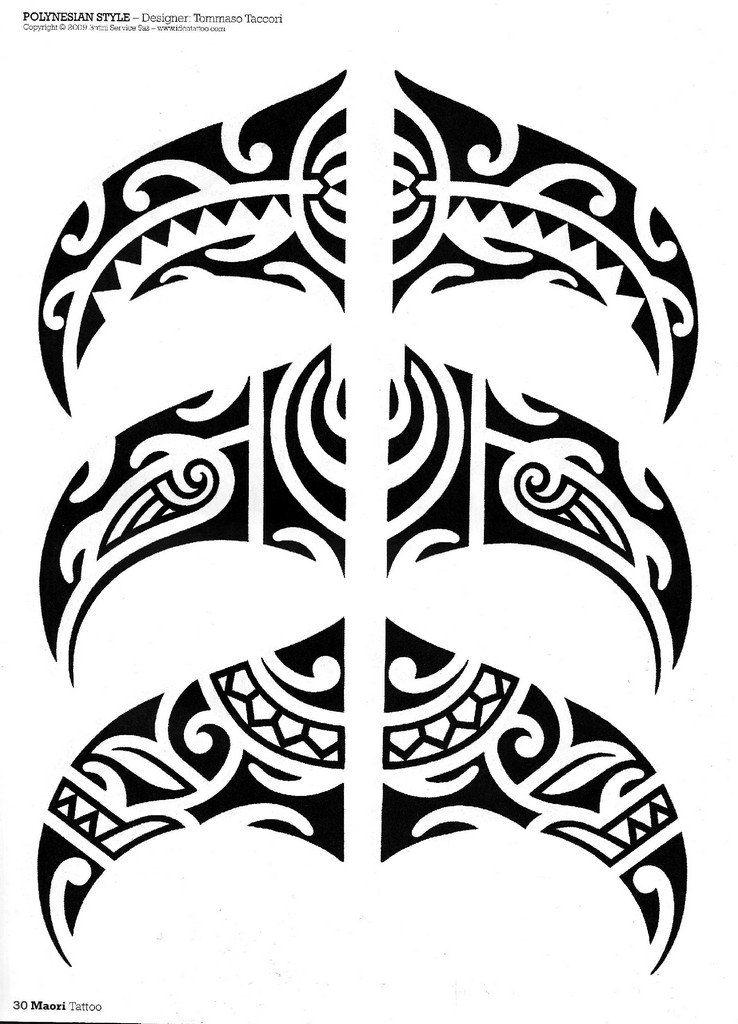
Maori Tattoos are a captivating amalgamation of artistry, symbolism, and cultural heritage. From traditional moko face patterns denoting tribal rank to detailed maori tattoo sleeve stories, these tattoos serve as powerful narratives etched into the skin. Whether you are in Hanoi exploring maori tattoo hanoi or elsewhere worldwide, approaching this art form with respect and understanding is essential. The maori tattoo meaning encapsulates values like strength, protection, kinship, and spiritual growth, making each piece not merely decorative but profoundly personal and cultural. Embracing Maori Tattoos with authenticity ensures that this ancient tradition continues to thrive as a vibrant form of self-expression, cultural pride, and storytelling.
If you want an amazing tattoo at the best price in the Old Quarter, come to Pain To Gain at 5 Hàng Đường, Hoàn Kiếm, and experience our excellent service! 🎉

